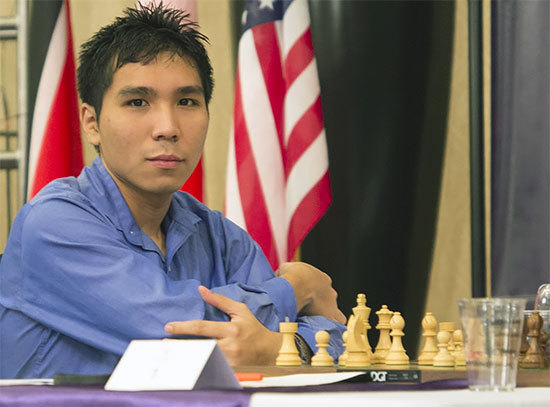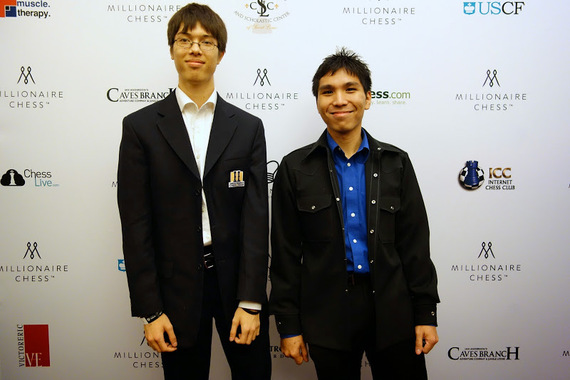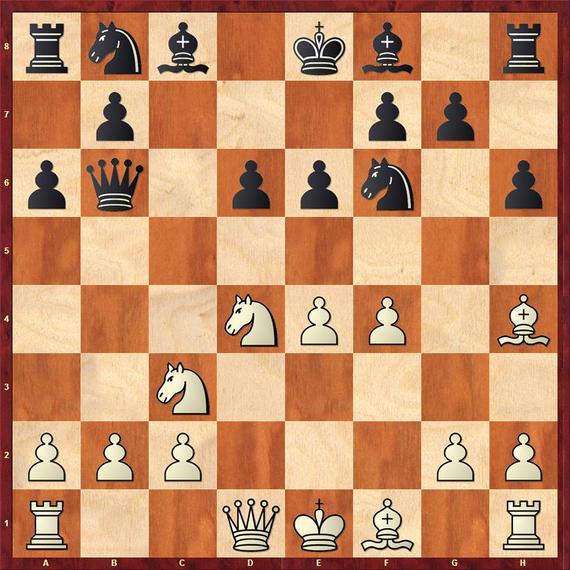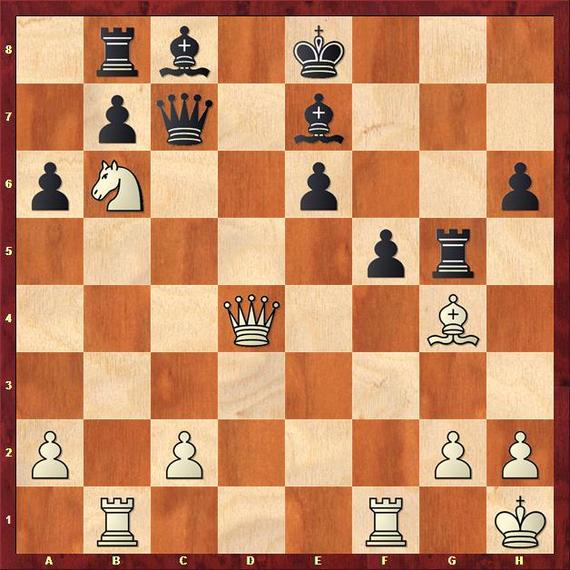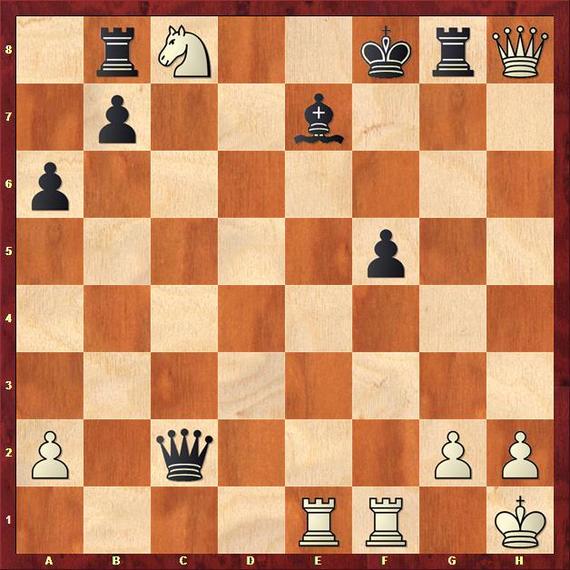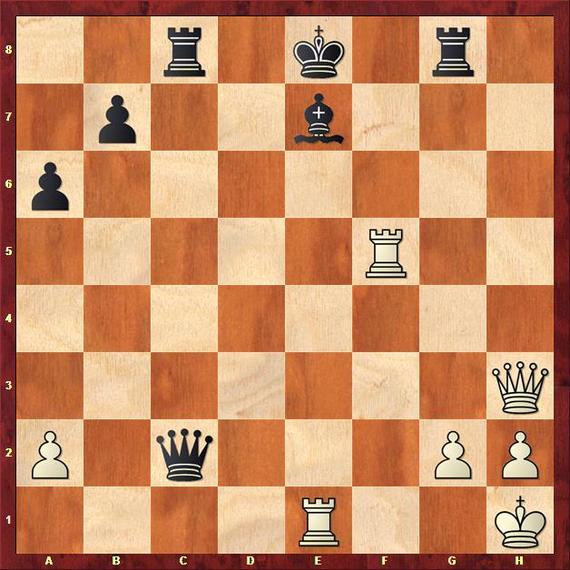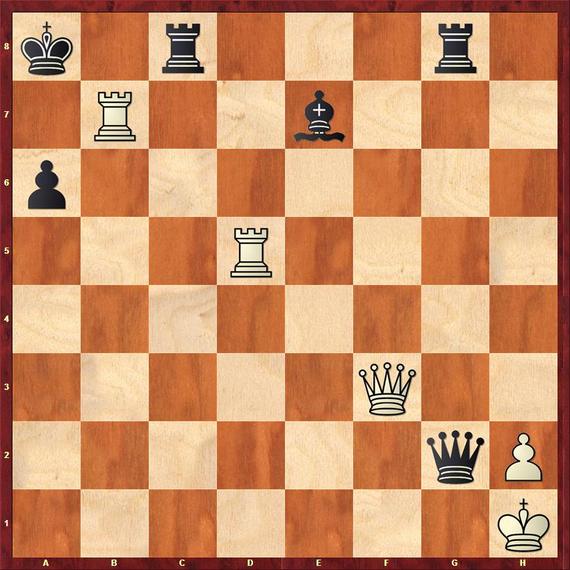The Philippine grandmaster Wesley So, 21, won the Millionaire Chess Open in Las Vegas and the first prize of $100,000, the largest in the history of open tournaments.
Millionaire Chess, the brainchild of grandmaster Maurice Ashley and the entrepreneur Amy Lee, promised $1 million in prize money, spread over six different sections. The starting fee was $1,000 and nearly 600 players signed up.
The idea of big money in chess is not new. Before the world championship match against Boris Spassky in Reykjavik 1972, Bobby Fischer told me in an interview for the Voice of America the following:
"When people start to read about hundred thousand dollar prize money, I think they are going to get interested in the game. That's the way our system works. I think to a great extent people - if something doesn't have much money in it - they kind of tend to downgrade it. When I take a look at golf with all this money, I have a lot of interest in it."
A lot of people talked about it, but Ashley and Lee did it. And that's the big difference.
From the left: Amy Lee, Maurice Ashley, Wesley So with the historic prize
So's performance in Las Vegas moved him into the world's Top Ten on the rating list. Since he is now playing for the United States, the Americans could have two players in the FIDE Top Ten list for the first time in 40 years. In 1974, Fischer led the ratings and I was number 10. This time, So and Hikaru Nakamura could shine on the FIDE November rating list.
The tournament had an interesting format. After seven Swiss-rounds four players qualified for the rapid chess playoff. Ray Robson and So moved onto the final match, eliminating two Chinese players in the semifinals. The two finalists play for the Webster University team coached by Susan Polgar. They won the Intercollegiate championship three times in a row. Their first game in Las Vegas was drawn, So won the next game.
Wonderful rollercoaster chess
Robson, 19, is capable of playing to the gallery, creating uncontrollable chaos on the chessboard with powerful, risky and often reckless chess. Facing Yu Yangyi, who led China to victory at the Tromso Olympiad in August, Robson chose a sharp variation of the Najdorf Sicilian, leaving his king dangerously in the center. Yu was winning, but could not quite finish his opponent. The game lifted spectators from their chairs in the tournament hall when Robson's king ran for his life to safety. It was the most dramatic game of the tournament.
Yu,Yangyi (2697) - Robson,Ray (2628)
Millionaire Chess Semifinal Las Vegas 2014
1.e4 c5 2.Nf3 d6 3.d4 cxd4 4.Nxd4 Nf6 5.Nc3 a6 6.Bg5 e6 7.f4 h6 8.Bh4 Qb6
9.Qd2 Qxb2 10.Rb1 Qa3 11.e5 dxe5 12.fxe5 g5
A sharp variation, leading to playable game for black.
The second popular line is rather unbelievable: 12...Nfd7 13.Ne4 Qxa2 14.Rd1!? (14.Rb3 Qa1+ 15.Kf2 Qa4 is good for black.) 14...Qd5 15.Qe3 Qxe5 16.Be2 and despite being three pawns down, white pieces radiate a lot of energy.
13.exf6 gxh4
Thus far the line is rather forced.
14.Be2 Nd7 15.0-0 Qa5 16.Kh1 Qg5 17.Qe1
According to GM Lubomir Ftacnik, this move was tested three years ago 2,500 times in computer games, while humans ventured there only a few times. The main choice in this position was 17.Rf4 e5 18.Nd5 exd4 19.Qxd4 with a good compensation for the piece.
17...Nxf6!?
An improvement.
After the previously played 17...Bd6 18.Ne4 Qe5 white has 19.Nxd6+ Qxd6 20.Qxh4 white has a big advantage.
The computers suggest 17...h3 18.gxh3 Qe5 19.Nf3 Qe3=
18.Nf3 Qc5
Black wants to keep his queen active, but 18...Qg7 19.Nxh4 Be7 20.Bf3 0-0 is roughly equal.
19.Na4 Qc7 20.Nb6 Rb8 21.Qxh4 Be7 22.Qd4
Trying to secure the square e5 for his knight
22...Rg8 23.Ne5 Rg5 24.Ng4 Nxg4 25.Bxg4 f5?
A reckless move and white finds the refutation.
Black should have tried 25...Bc5 26.Qh8+ Bf8 (Not 26...Ke7 27.Rxf7+! Kxf7 28.Qh7+ Rg7 29.Rf1++-) 27.Bf3 Qe5.
26.Bxf5!
Robson might have overlooked this sacrifice. White gets strong pressure on th e-file.
26...exf5
Or 26...Rxf5 27.Rxf5 exf5 28.Re1+-
27.Rbe1 Kf8 28.Qh8+
This should win, but 28.Nd5 Qd6 29.Rxe7 was even better.
28...Rg8 29.Qxh6+ Rg7 30.Nxc8 Qxc2
Suddenly, black is threatening a mate and Yu gets nervous. .
31.Qh8+ Rg8 32.Qh3
White misses a winning tic-tac-toe combination: 32.Rxf5+! Qxf5 33.Qxg8+! Kxg8 34.Nxe7+ Kf7 35.Nxf5.
32...Rxc8 33.Rxf5+ Ke8 34.Qh5+?
The last moment when white misses the win, but the combination is not easy to calculate for human players. The computers provide the answers: 34.Rxe7+! Kxe7 35.Qh7+ Kd6 36.Rf6+
A. 36...Kd5 37.Qd7+ Kc5 38.Qe7+ Kb5 39.Qxb7+ Kc4 40.Rf4+ Kd3 41.Qd5+ Ke2 (41...Kc3 42.Qd4#) 42.Qe5+ Kd1 43.Rf1+ Kd2 44.Rf2+ Kc1 45.Qa1+ Qb1 46.Rf1+ wins.
B. 36...Ke5 37.Qe7+ Kd4 38.Rf4+ Kd3 (38...Kd5 39.Qd7+ Kc5 40.Qd4+ Kb5 41.Qb4+ Kc6 42.Rf6+ Kd5 43.Rd6+ Ke5 44.Qd4+ Kf5 45.Rf6+ Kg5 46.Qf4+ Kh5 47.Rh6 mate.
White also has 34.Rf2, trying to deflect the queen, but it is not as strong.
34...Kd8
White lost the thread and the black king is escaping.
35.Rd5+?
The wrong check. White had to play either 35.g3 or 35.Qf3.
35...Kc7 36.Qe5+ Kb6 37.Re2 Qb1+ 38.Re1 Qxa2! 39.Qe4 Qc2!
Robson played two precise queen moves and the flashy combination is easily thwarted.
40.Rb1+ Ka7 41.Rxb7+ Ka8!
The refutation. White is weak on the first rank and his pieces are hanging.
But not 41...Kxb7? 42.Rb5+ Kc7 43.Qxe7+ Kc6 44.Qb7+ Kd6 45.Rd5+ Ke6 46.Qd7+ Kf6 47.Qd6+ and white wins.
42.Qf3 Qxg2+!
43.Qxg2 Rc1+
After 44.Qg1 Rcxg1 mates.
White resigned.
Note that in the replay windows below you can click either on the arrows under the diagram or on the notation to follow the game.
Images by Lennart Ootes and Paul Truong

